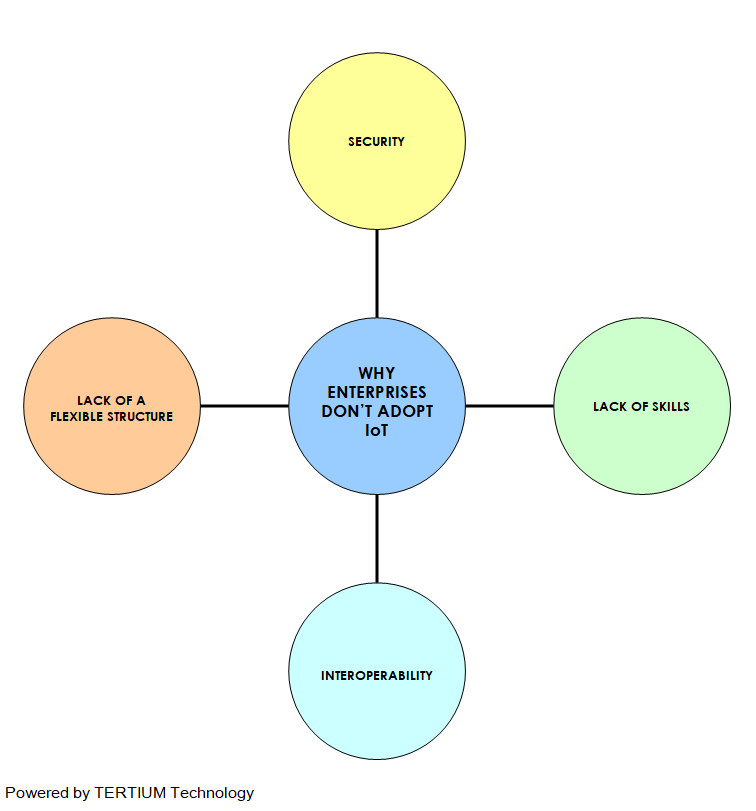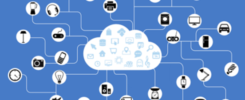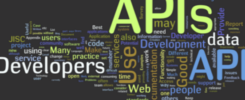A study conducted by Zebra has concluded that knowledge of the Internet of Things is increasing. According to this survey, which involved 908 companies, 57% of companies in the sample have a well-defined roadmap for the adoption of IoT solutions. However, only 36% have currently implemented IoT within the organization. The remaining 62% are expected to adopt connected technologies soon.
This is encouraging, but the research also shows that more than 50% of the companies interviewed expect critical problems and obstacles in the process of adopting IoT solutions.
At TERTIUM Technology we have discussed this topic and we have concluded that four critical issues hold back a company from investing in and implementing the Internet of Things:
- Security: IoT devices run the risk of being subject to cyber-attacks. It is therefore necessary to adopt security and defence tools to safeguard the connected technologies from possible cyber threats that are becoming increasingly sophisticated and difficult to detect.
- Lack of skills: data emerging from the last World Economic Forum report shows that, soon, those building the IoT will require a high level of technical skill as well as multidisciplinary skills. For example, in the USA, the term STEM (Science, technology, engineering, mathematics) has been widely used in the education sector to identify the skills needed to navigate the world of new technologies such as Big Data. In Italy also, we have started to talk about the “Data Scientist” as a job of the future. This is an intermediary figure between the technician and the manager, able to analyze the data and transform it into information that is easy to reuse. Professionals will be required to cope with this wave of digital transformation. In this regard, Italian universities are trying to keep up with the digital revolution – in the 2017/2018 academic year the University of Udine launched a new Bachelor’s Degree in the Internet of Things, big data and web that will train future Industrial 4.0 specialists.
- Interoperability: The technological solutions on the market today are usually open systems. However, proprietary communication protocols and proprietary synchronization systems can also be found. In the latter case it is difficult and expensive, both in terms of time and money, to integrate the various IoT objects. Standardization of protocols and systems over time is necessary to create an integrated ecosystem and enable interoperability between the various IoT devices.
- Traditional business model: The digital economy has huge potential that has not been exploited until now, capable of transforming business models in a profound way. To seize this opportunity, companies should become more digitally mature: most of their hidden competitive advantage is found in the data available to them but this is very rarely collected, organized and processed to derive maximum value from it. According to some estimates, only 1% of the data produced by companies is used by them. In short, to obtain maximum added value, it is necessary to rethink the business model from a digital perspective.

Many studies carried out on this topic also include costs as a possible obstacle to the adoption of IoT solutions. In our opinion, taking account of the benefits that can be obtained from the data collected through IoT, companies should not use cost as an excuse for not implementing connected objects. Over the last few years, the market prices of the elements – sensors and application parts – which constitute an IoT device have significantly reduced. While the cost of the sensors has fallen, it is also possible to find good quality gateways at affordable prices. As far as platforms are concerned, this is also a market that offers attractive solutions at a competitive cost.

